江戸時代、庶民に人気だった浮世絵。
ゴッホやマネなどヨーロッパ印象派の画家にも影響を与えました。
During Edo period under the isolation policy Ukiyoe, wood block print uniquely developed.
江戸時代の鎖国政策の下、浮世絵は独自に発達しました。
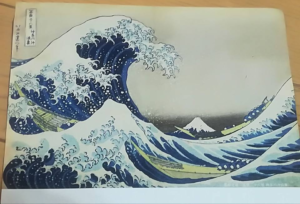
Sumo wrestler, kabuki actor and beautiful woman and scenery were representative themes.
相撲取り、歌舞伎役者、美人や風景画が代表的な題材でした。

Three persons such as painter, carver, printer, were involved in making Ukiyoe.
浮世絵の製作には絵師、彫師、摺師の3人がかかわりました。
Painter designed, carver curved seven wood panel and printer beautifully printed all the layers on the paper.
絵師が描き、彫師が彫り、摺師が紙に何層も美しく刷ったのです。
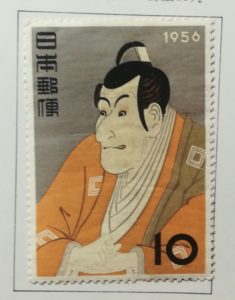
It is said that about 200 pieces were printed a day and popular paintings were repeatedly printed.
1日およそ200枚が刷られ人気のあるものは何度も刷られたと言われています。
It cost as much as a sheet of buckwheat noodle and the commoners could afford to enjoy it.
蕎麦一枚分の値段だったので庶民でも買うことができました。
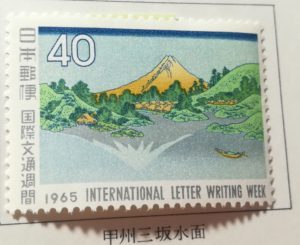
It was first introduced overseas as wrapping paper for the pottery and later exported as an art and much influenced to the European artists such as Van Gogh.
最初は陶器を包む包装紙として知られるようになり、後に芸術として輸出されゴッホなどのヨーロッパの画家に大きな影響を与えるようになりました。
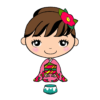
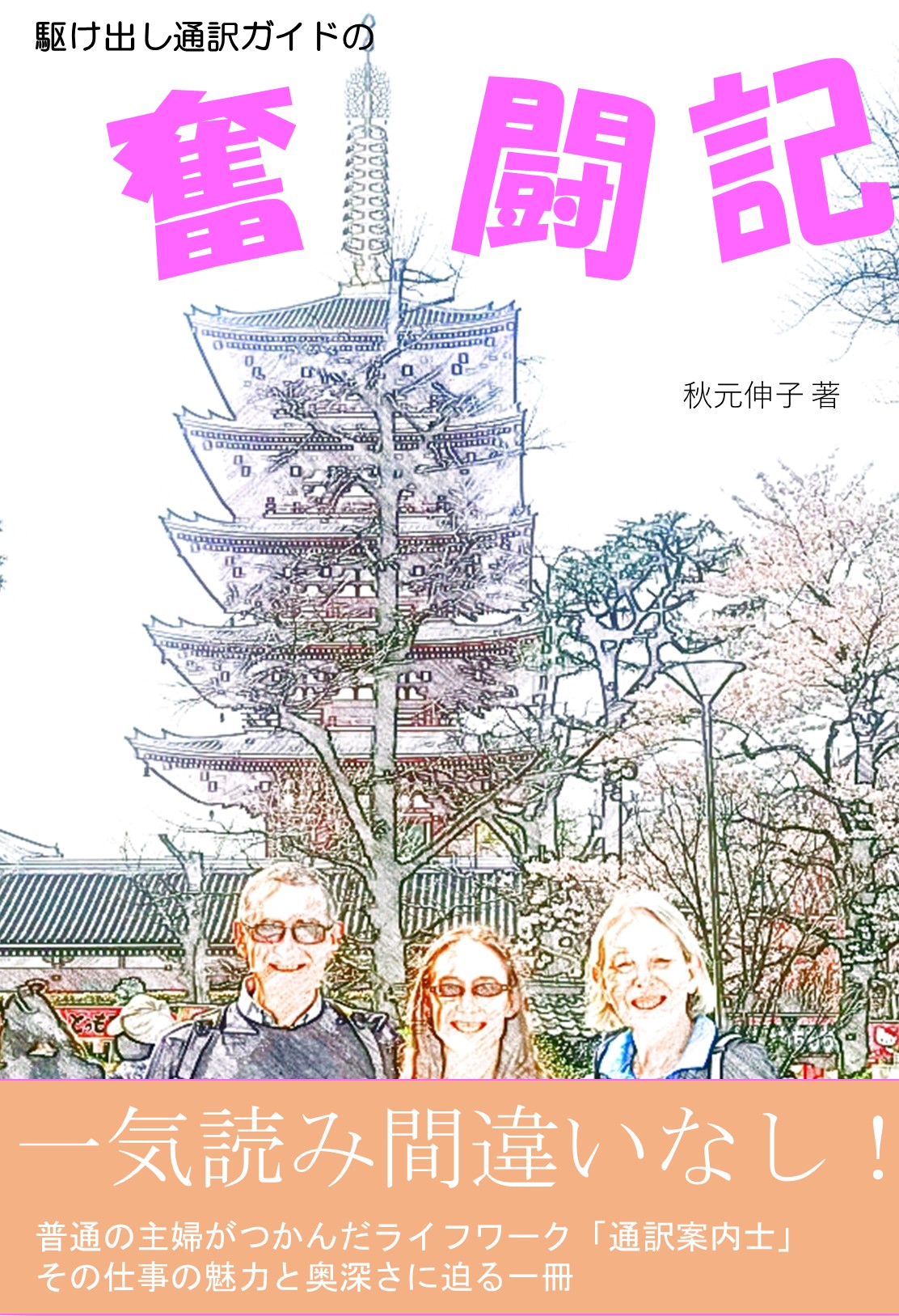
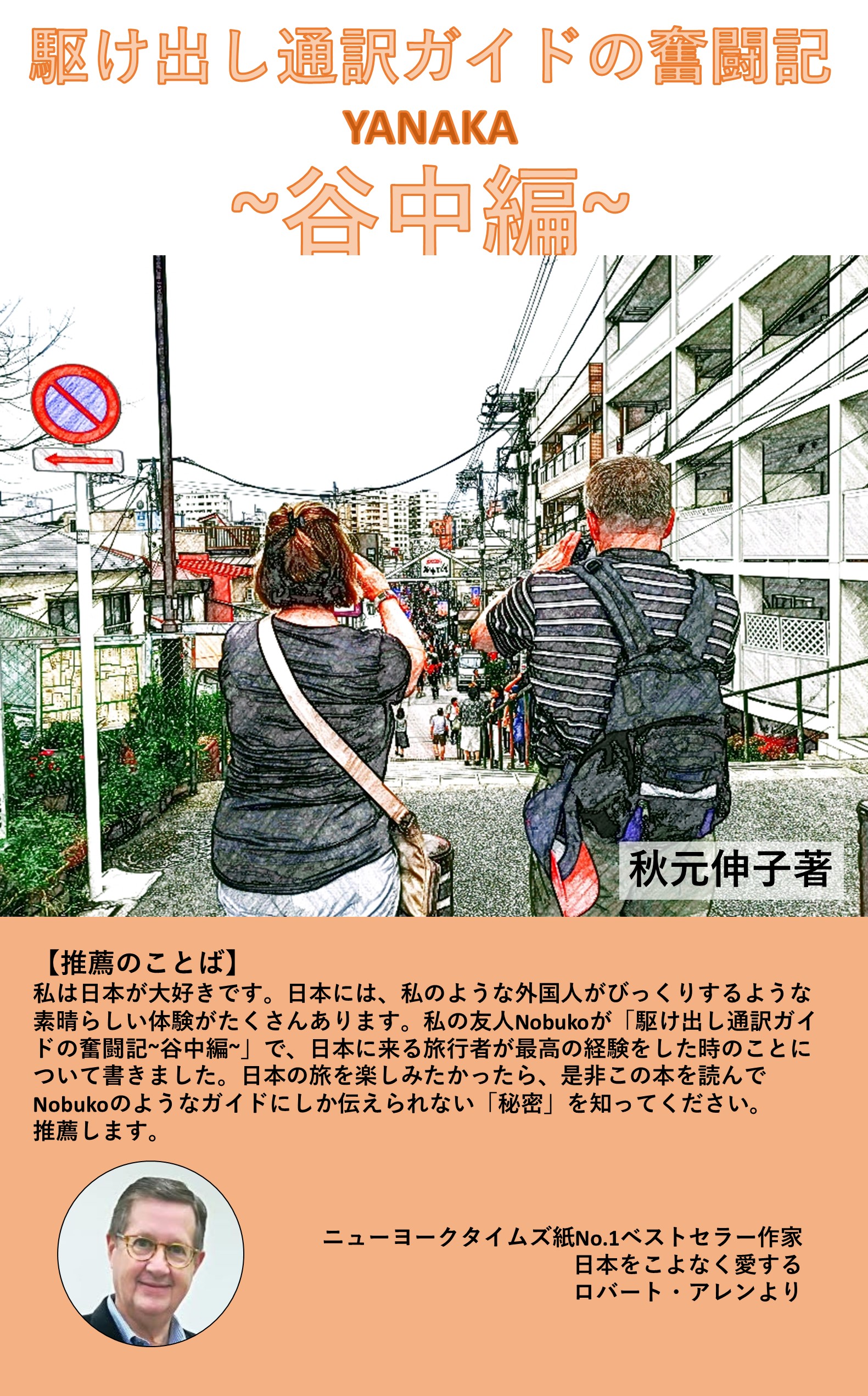
コメントを残す